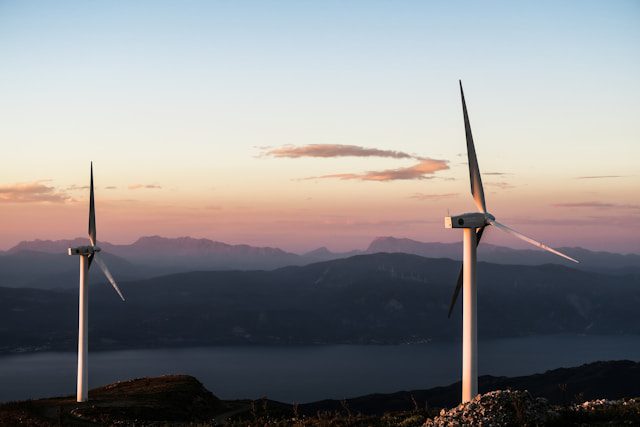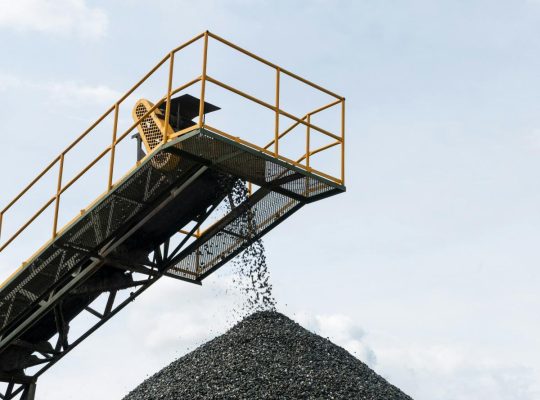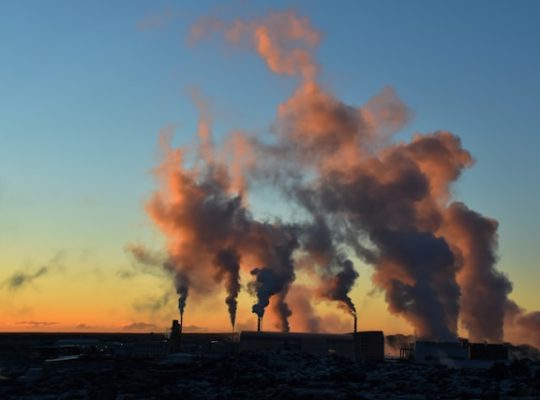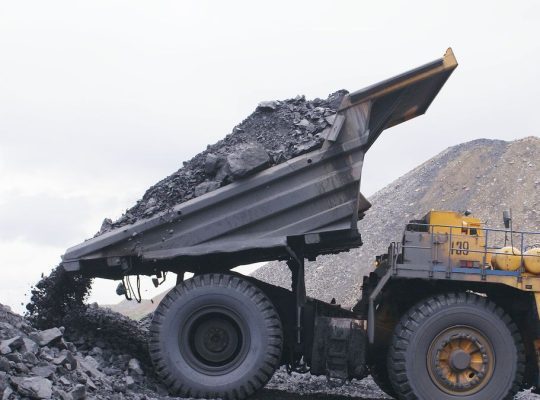In a world swiftly moving towards cleaner energy solutions, such as solar panels, battery storage, and electric cars, control over the necessary raw materials has become a topic of international importance. Most of these essential resources are held by giant corporations from China, the United States, and Europe. Interestingly, while these resources are mined across different global locations, including parts of Africa and Indonesia, the majority of control lies far from the source.
The core elements, including copper, lithium, nickel, cobalt, graphite, and rare earth minerals, which are crucial for the transition to clean energy, are overwhelmingly managed by Chinese firms alongside some of the world’s biggest mining companies like Glencore and Rio Tinto. This information comes from a market analysis conducted by the International Energy Agency (IEA).
For instance, Chile is known for its large copper output, yet European companies, with a significant role played by names such as Glencore, Rio Tinto, and Anglo-American, command over 10% of the global production. In the lithium sector, while Australia and Chile are the primary sources of raw material, the US company Abermarle notably holds a major stake in more than 40% of these mines.
The nickel industry presents a surprising contrast with Indonesia, one of the largest nickel-producing countries, where local companies own less than 10% of the production. Here, Chinese corporations are in the lead, owning about 40% of the market, with European entities, thanks to firms like Eramet operating in Indonesia, also holding a significant 20% share. Cobalt mining, primarily in the Democratic Republic of the Congo (DRC), tells a similar story of foreign dominance, where Glencore from Europe and CMOC from China control a substantial share, leaving DRC companies with less than 5% of their own resources.
China’s stronghold becomes even more apparent in the electric vehicle (EV) sector, producing about two-thirds of the world’s EVs, holding 85% of battery cell production capacity, and nearly monopolizing the production of key components such as cathodes and anodes. This dominance is underlined by China’s strategic investments exceeding USD 10 billion over the past decade to secure these critical minerals globally.
Despite these challenges, the clean energy sector continues to grow, with the battery storage market reaching over 85 GW installed capacity in 2023. Half of this capacity was added in just the last year, highlighting the rapid expansion and the ongoing struggle for control over the critical raw materials that power it. However, the market faced a dip, shrinking by 10% to USD 325 billion in 2023 amid falling prices and rising demand, underscoring the volatile nature of this high-stakes industry.
This geopolitical and economic entanglement of natural resources, technology, and global power underscores the complexity of transitioning to a sustainable energy future. It highlights the need for diversified supply chains and increased investment in mining initiatives worldwide, particularly for countries rich in these resources.


















